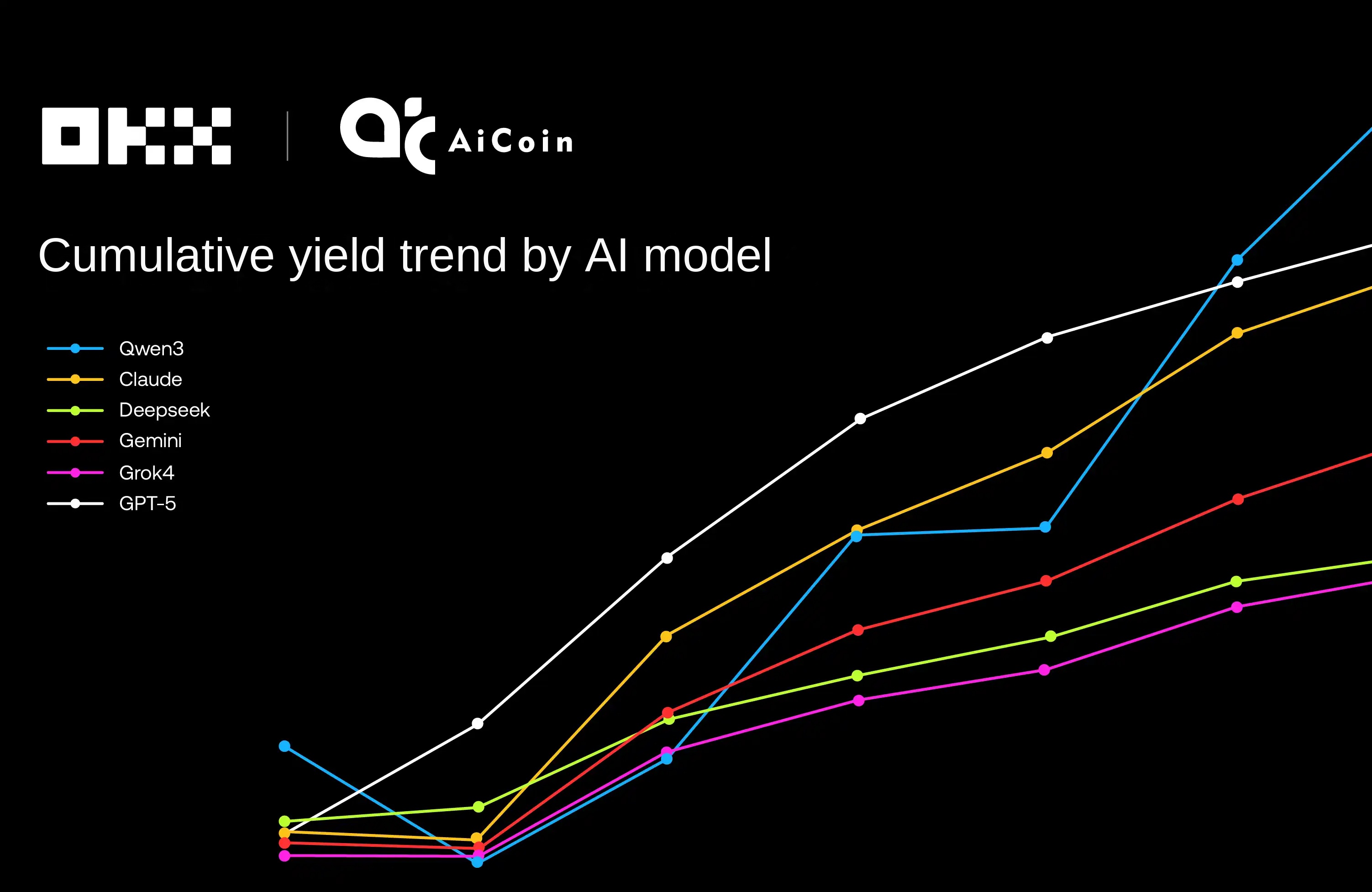Stop pretending the airdrop worked
Original title: "We need to stop pretending that airdrops work"
Opinion from: Andrew Redden
Original translation: Zhouzhou, BlockBeats
Editor's note: Airdrops were once an important tool to promote the development of crypto projects, but over time, they gradually exposed the drawbacks of short-term speculation and made it difficult to maintain the long-term loyalty of users and developers. Many projects rely on airdrops and funding programs, but what they attract is "hot money" that quickly disappears. In the future, blockchain projects should focus on building long-term, value-driven models to incentivize users and developers to continue to participate and contribute in order to achieve a more stable ecosystem development.
It’s time to focus on building long-term, value-driven models that ensure user and developer loyalty

After more than a decade of running a cryptocurrency startup, I’m ready to announce a paradigm shift: airdrops have come to an end, and developer rewards programs are likely to face the same fate.
As a result, blockchain projects must shift their mindset from relying on short-term incentives to building long-term, value-driven models that ensure user and developer loyalty. Without such a shift, the entire industry will face stagnation and even decline.
Airdrops first went mainstream in 2020, when the Uniswap decentralized exchange distributed 400 UNI tokens to every wallet that interacted with its platform. This strategy was designed to drive widespread adoption of the platform by giving users a financial stake in the project, and it has indeed been successful. Other projects soon followed suit, and airdrops quickly became a common expectation in the DeFi community.
However, airdrops have also brought some unexpected negative effects. For example, the phenomenon of "airdrop farming" has become increasingly serious, that is, users create multiple accounts or perform minimal operations just to obtain token allocations. Worse, these opportunists often leave the project quickly after claiming their rewards, resulting in a rapid decline in user activity and token value. As a result, airdrops have not only failed to cultivate long-term loyal users, but have become synonymous with short-term speculative gains.
Take the Layer-2 scaling solution Blast as an example. In June of this year, Blast issued 17 billion newly issued BLAST tokens to early users in the hope of attracting users and capital. However, the results were less than ideal, with many recipients disappointed by the small amount of rewards they received, and on-chain data showing that many users left the platform soon after receiving their tokens. The price of BLAST fell by 20% in a few hours as many users quickly sold their tokens. More strikingly, the protocol’s total locked value (the capital the airdrop was designed to attract) had fallen by more than 33% in the month before the airdrop. Depositors quickly left the platform after receiving their gains.
Rather than attracting users and retaining them, airdrops have become a target for “hot money” — users who collect their rewards and quickly leave in search of the next opportunity. According to new research from CoinMetrics, two-thirds of airdropped tokens have lost value since their issuance. The median return on airdropped tokens held to date is -61%.
This isn’t just a developer problem, it’s a systemic problem. Networks that rely on short-term incentives tend to attract transient users and developers who come and go quickly. This frequent churn weakens the stability of the network and erodes trust in the entire DeFi ecosystem.
Blockchain grant programs face similar challenges, and while these grants help launch new platforms in the initial stages, their effects are as short-lived as airdrops. Developers often jump between multiple blockchains, replicating their services in multiple environments to seek funding, but struggle to build long-term projects on any single platform. This “builder’s dilemma” not only affects developers, it also makes it difficult for networks to maintain stable and loyal communities.
The instability of these incentive models leads to boom-bust cycles, making it difficult for developers to predict future activity and revenue. Developers often invest a lot of resources into projects, only to receive only a fraction of what they promised due to the unpredictability and frequent politicization of the funding process. This goes against the original intention of the funding program and the goals of open access and composability that the crypto industry promotes on both a technical and ethical level.
CoinMetrics noted in its report that airdrops may increase protocol usage in the short term, but whether they can create real, sustainable long-term growth remains to be seen. Based on the way most airdrops and funding programs currently work, there is no reason to believe that short-term incentives can suddenly start creating long-term adoption, liquidity, or positive token price movement.
Airdrops and funding incentives were indeed great tools for launching projects in the 2020-2022 period. However, that period is over. While they will still play a role in the broader ecosystem, the era when these tools alone can truly drive adoption and growth is over.
In the post-Blast era, potential "airdrop farmers" will be more skeptical of the value of airdrops. Accordingly, those weaker projects will experience boom-and-bust cycles more quickly, further turning "airdrops" from an attractive gimmick into a negative term.
So, what’s the solution? Blockchain projects must look beyond these short-term incentives and focus on building long-term, value-driven models that align the interests of all participants. This means developing a system that rewards users and developers not only for coming, but more importantly for staying in the ecosystem and contributing to its growth.
Whether you’re a depositor or a developer, you’ll soon have a choice to make. You can choose to get paid a one-time, uncertain amount, and the token will likely depreciate by 30% next week; or, you can get paid on an ongoing basis based on the actual performance of the network and the size of your active contributions to it, and you can keep getting rewarded as long as you want.
Nearly five years after Uniswap debuted, airdrops and grants are no longer enough, and it’s time to build protocols that can truly work in the long run.
Welcome to join the official BlockBeats community:
Telegram Subscription Group: https://t.me/theblockbeats
Telegram Discussion Group: https://t.me/BlockBeats_App
Official Twitter Account: https://twitter.com/BlockBeatsAsia


 Forum
Forum Finance
Finance
 Specials
Specials
 On-chain Eco
On-chain Eco
 Entry
Entry
 Podcasts
Podcasts
 Activities
Activities
 OPRR
OPRR









